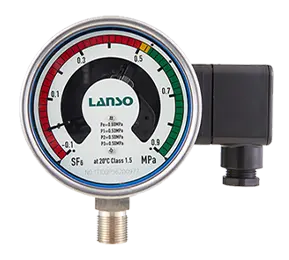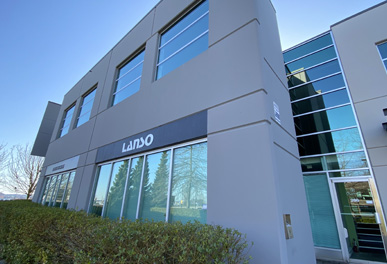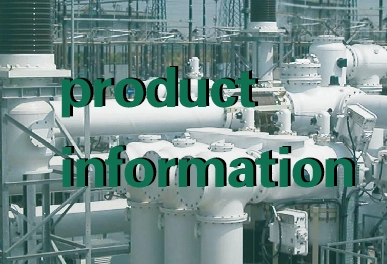The performance of SF6 density relay in low temperature environment has attracted much attention, especially under extreme temperature conditions, the change in SF6 gas density may lead to an increase in relay error. In order to solve this problem, the equipment of SF6 density relay has been optimized and improved in various aspects in low temperature environment.
Device of SF6 Density Relay in Low Temperature Environment
SF6 gas density relay is a key device for monitoring the density changes of SF6 gas in circuit breakers. During operation, the relay needs to maintain accuracy at extreme temperatures, so specific devices are required to achieve this goal.
Detection Device
The detection device of SF6 density relay mainly consists of a constant temperature control box and a calibration platform. Under extreme temperatures, the high and low temperature control box can maintain the temperature between -40℃ and 160℃ to ensure the accurate detection of SF6 density relay. The calibration platform is responsible for connecting data, automatically reading and storing test values, including contact action values and contact return values, to ensure accuracy at different temperatures.
Data Connection and Calibration Software
In order to effectively regulate the gas source pressure and temperature between the constant temperature control box and the calibration platform, they must be used together. The calibration software automatically reads and stores test values based on temperature, and determines whether the action value of SF6 density relay meets the standard by analyzing the curve relationship between pressure value and temperature.
Technical Features of SF6 Density Relay Calibration Equipment
SF6 density relay calibration equipment has a series of technical features to ensure effective operation in low temperature environment.
SF6 Inflation System
The SF6 inflation system can conveniently and quickly inflate the density relay test sample. This system can ensure the normal operation of SF6 density relay under low temperature conditions.
Dual Sensor System
The SF6 density relay calibration equipment is equipped with relative pressure sensors and absolute pressure sensors. Considering the existence of different types of relays, the role of these two sensors is to measure the values of different types of relays, improving the accuracy and applicability of the tests.
Importance of SF6 Gas Detection
Compared with traditional density relay calibrators, SF6 gas detection is more effective because traditional instruments may have certain measurement errors. By adopting SF6 gas detection, the efficiency and accuracy of calibration can be improved to ensure the reliability of relays.
Precautions for SF6 Density Relay Equipment Debugging
When debugging SF6 density relay equipment, some key issues need to be paid attention to ensure the accuracy and reliability of test results.
Ensure the Accuracy of Pressure Reading
During the testing process, there may be discrepancies between the values on the SF6 density relay and the pressure values collected by the system. To address this issue, specific improvements to the pipeline are necessary. This includes replacing the relay mounting bracket, adjusting its position to be equidistant from the gas supply port, and modifying the installation position of the pressure sensor to enhance the timeliness and accuracy of pressure readings.
Ensure the Accuracy of Temperature Reading
Adjust the temperature inside the high and low-temperature constant temperature control box to -40°C before conducting the SF6 density relay test. During this process, attention should be paid to the liquefaction of SF6 gas. Adjust the position of the temperature sensor to prevent the actual environmental temperature from exceeding the set temperature, ensuring the accuracy of the test results.
By fully considering the device and technical characteristics of SF6 density relays in low-temperature environments, along with precautions during the calibration process, the reliability and accuracy of SF6 density relays under extreme conditions can be ensured.







